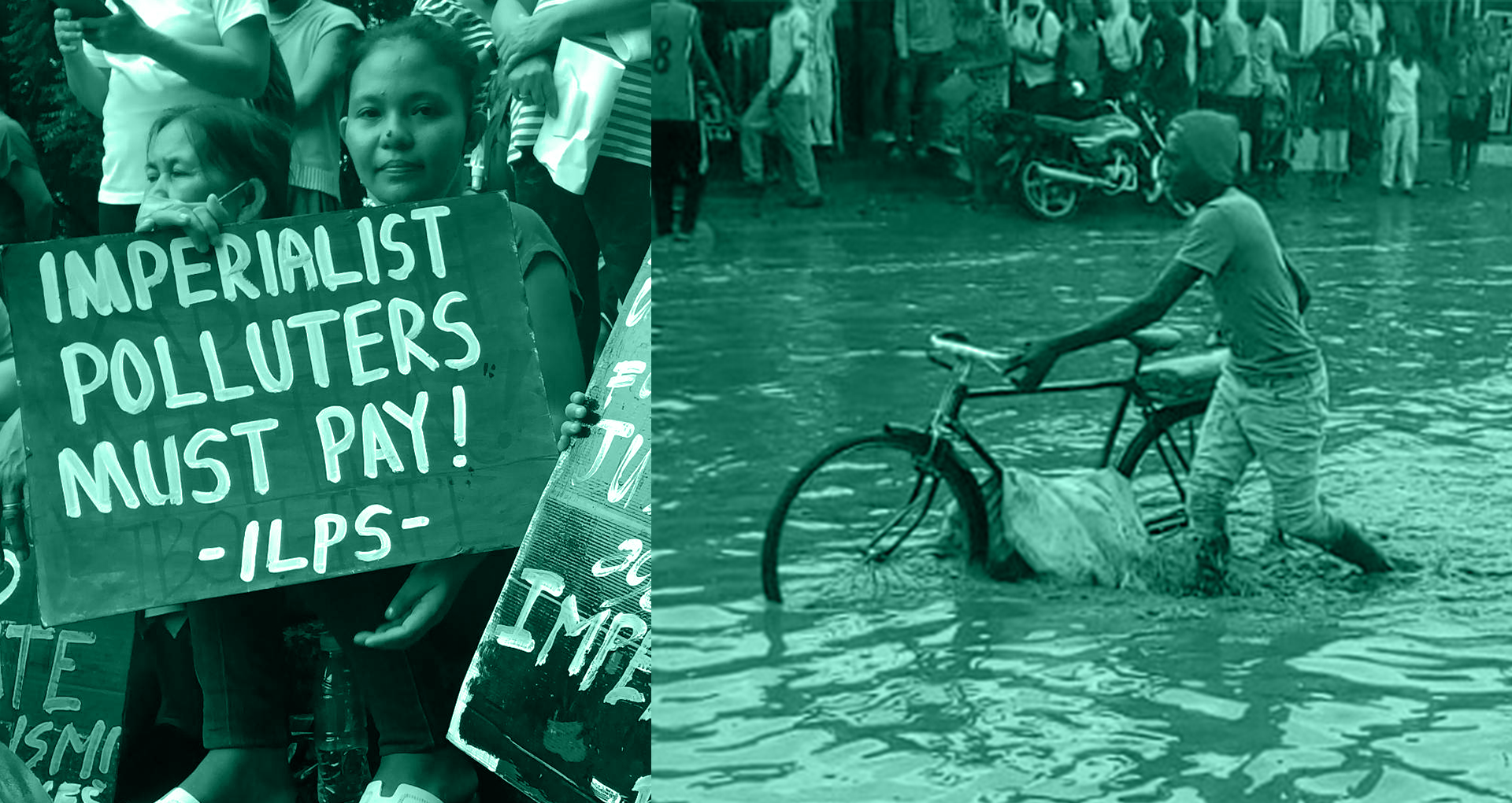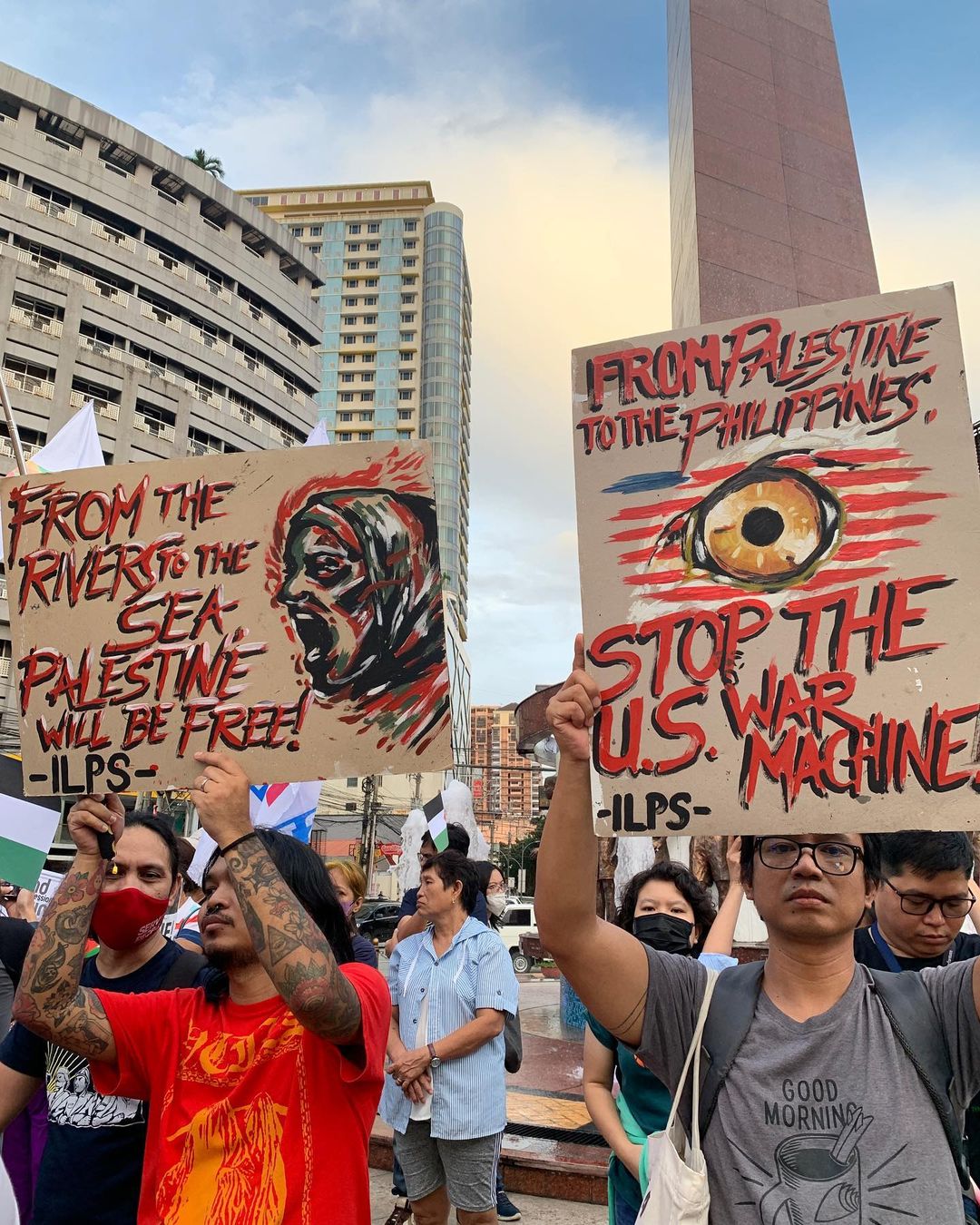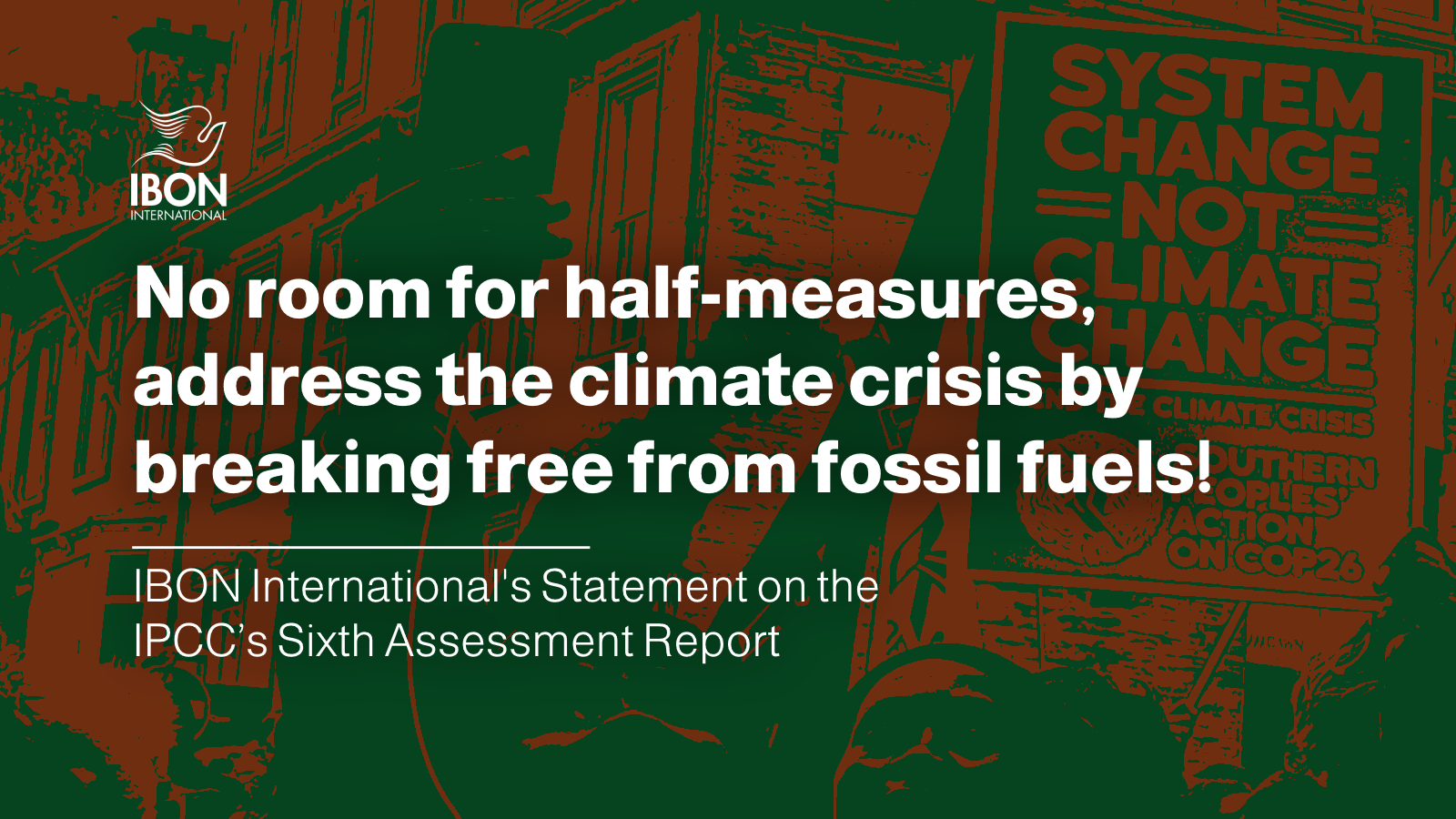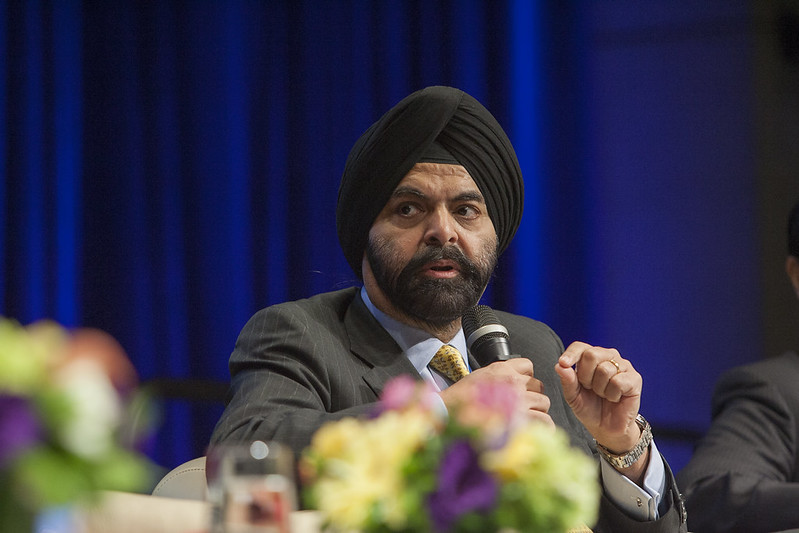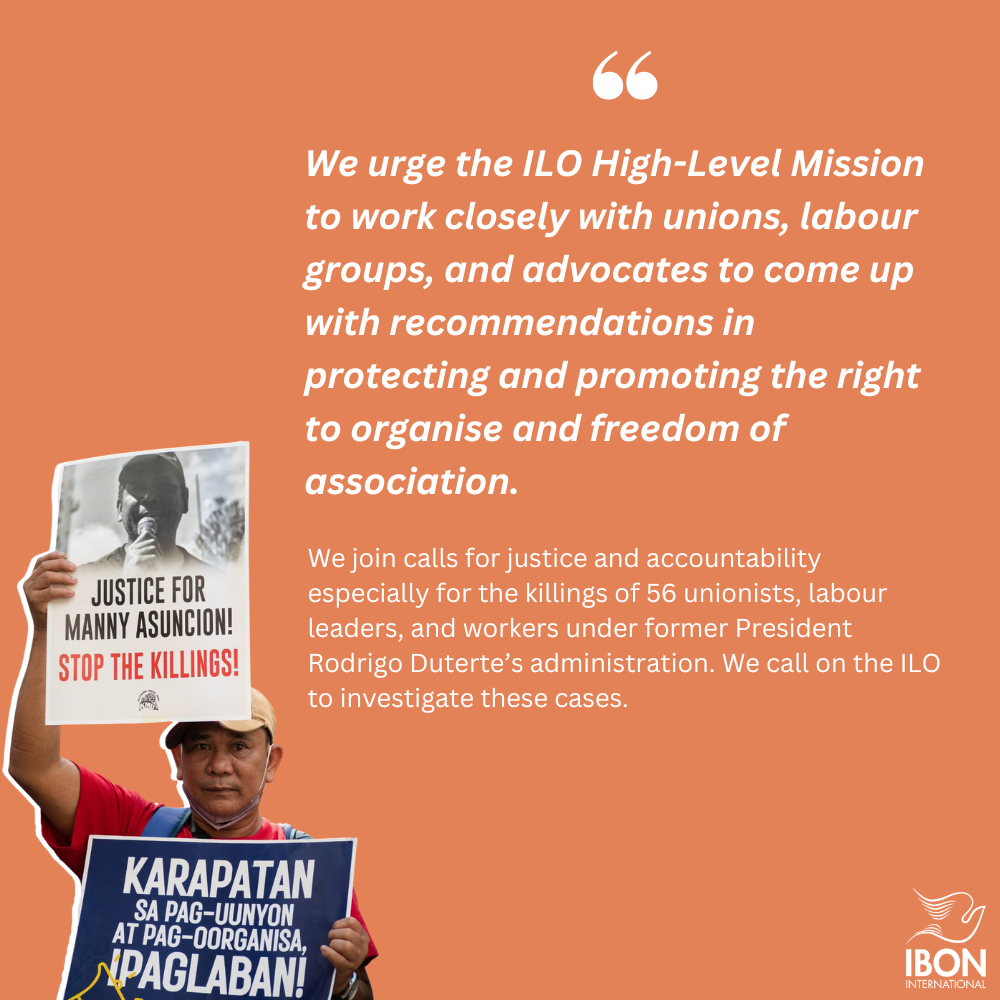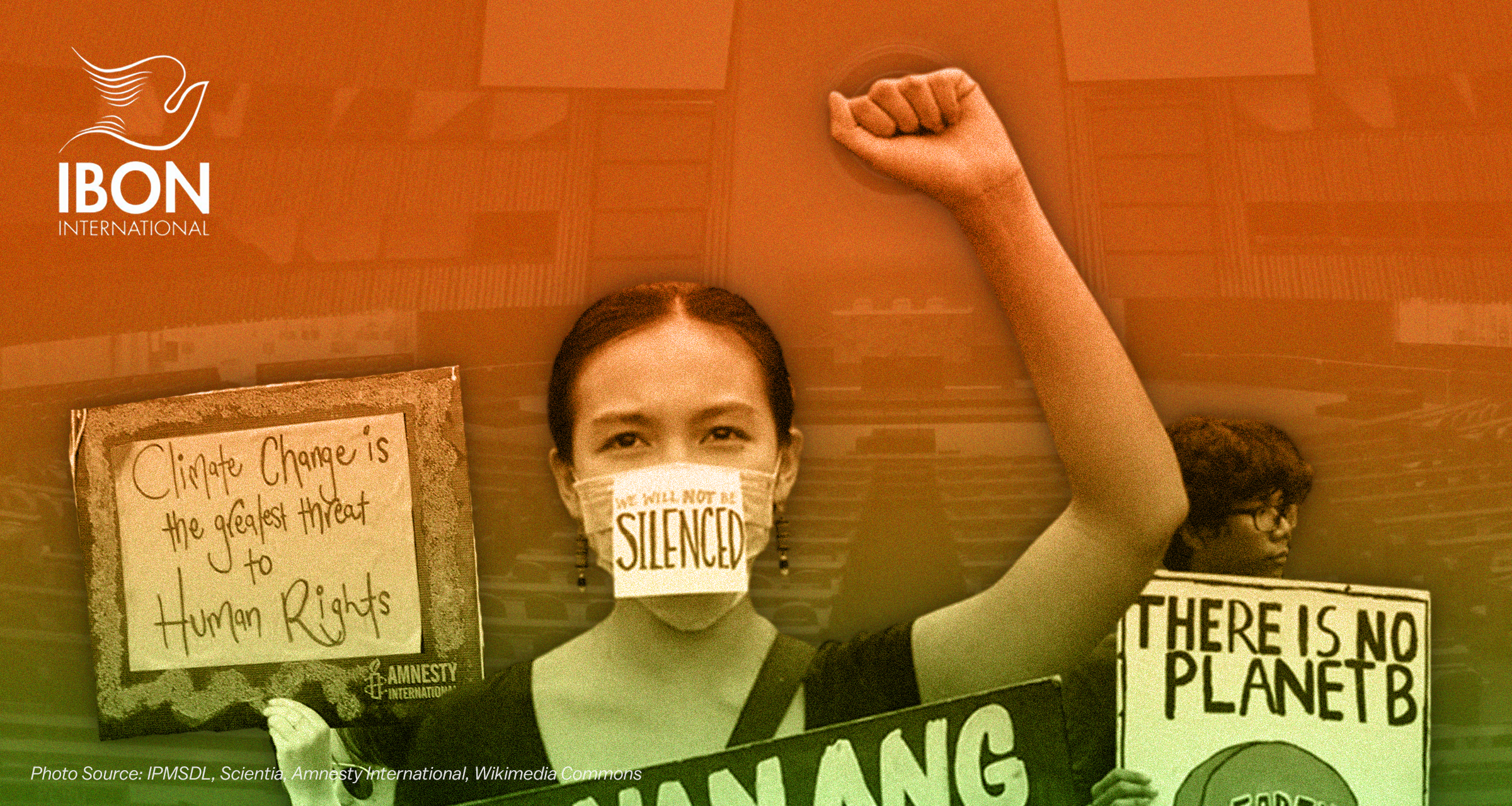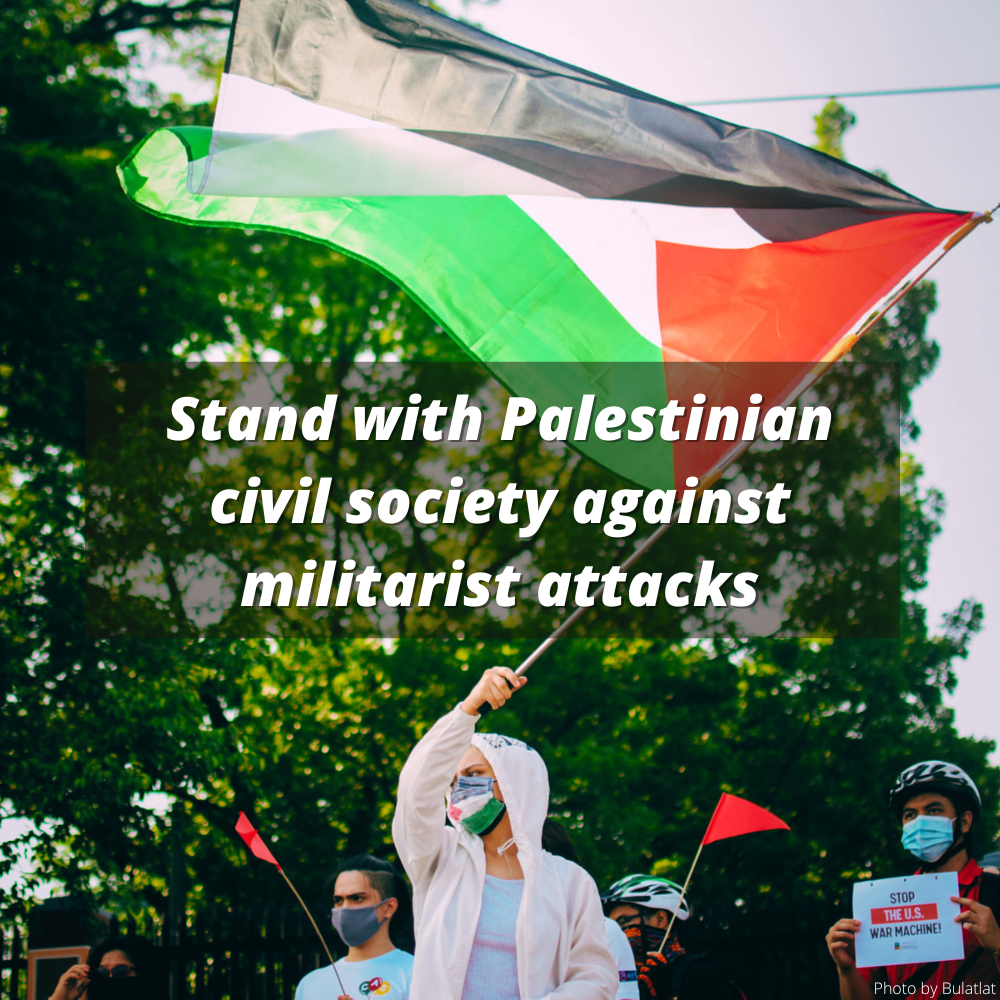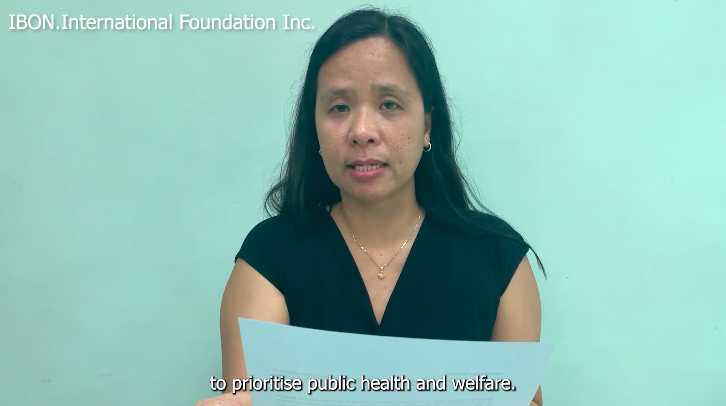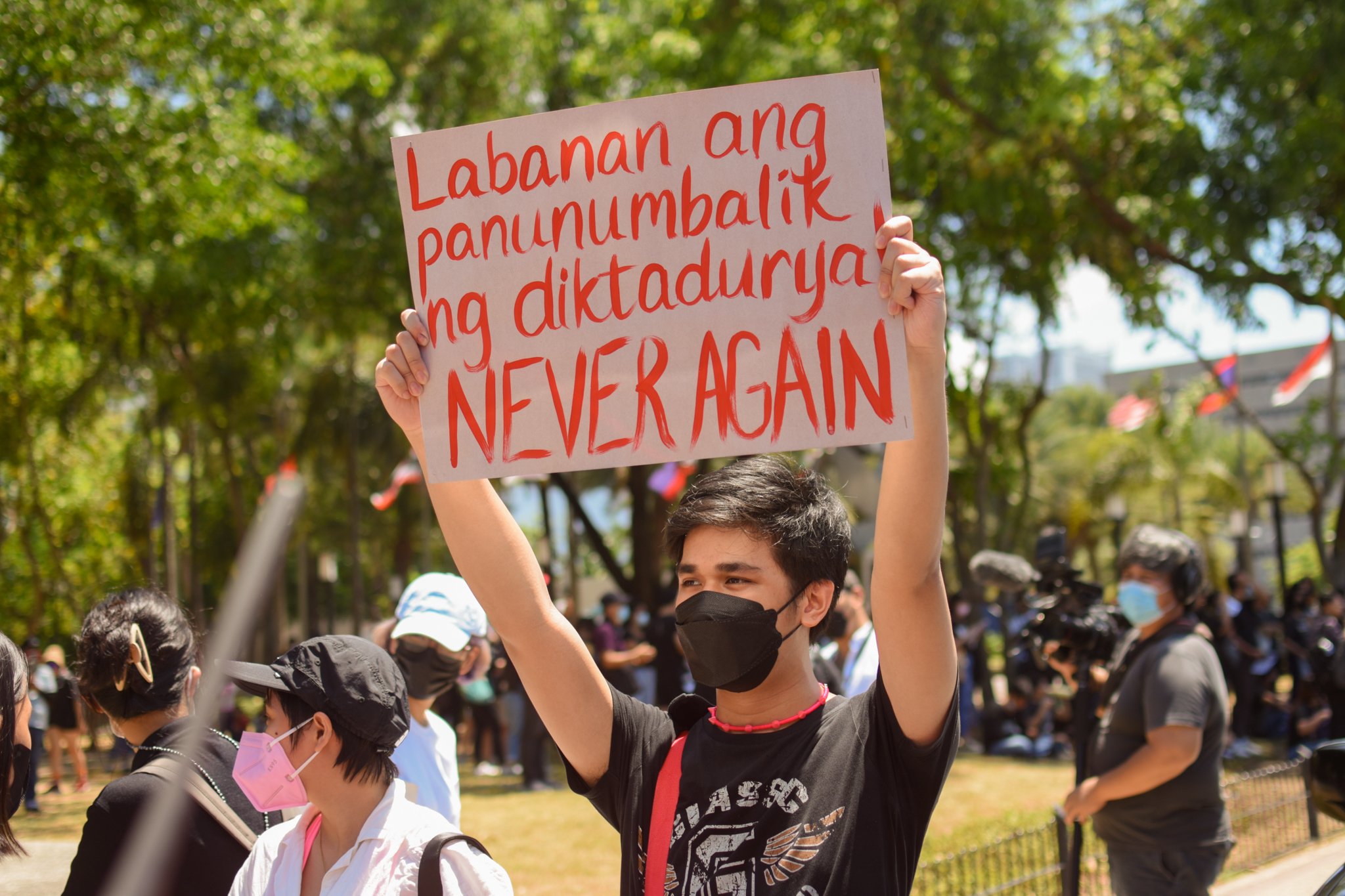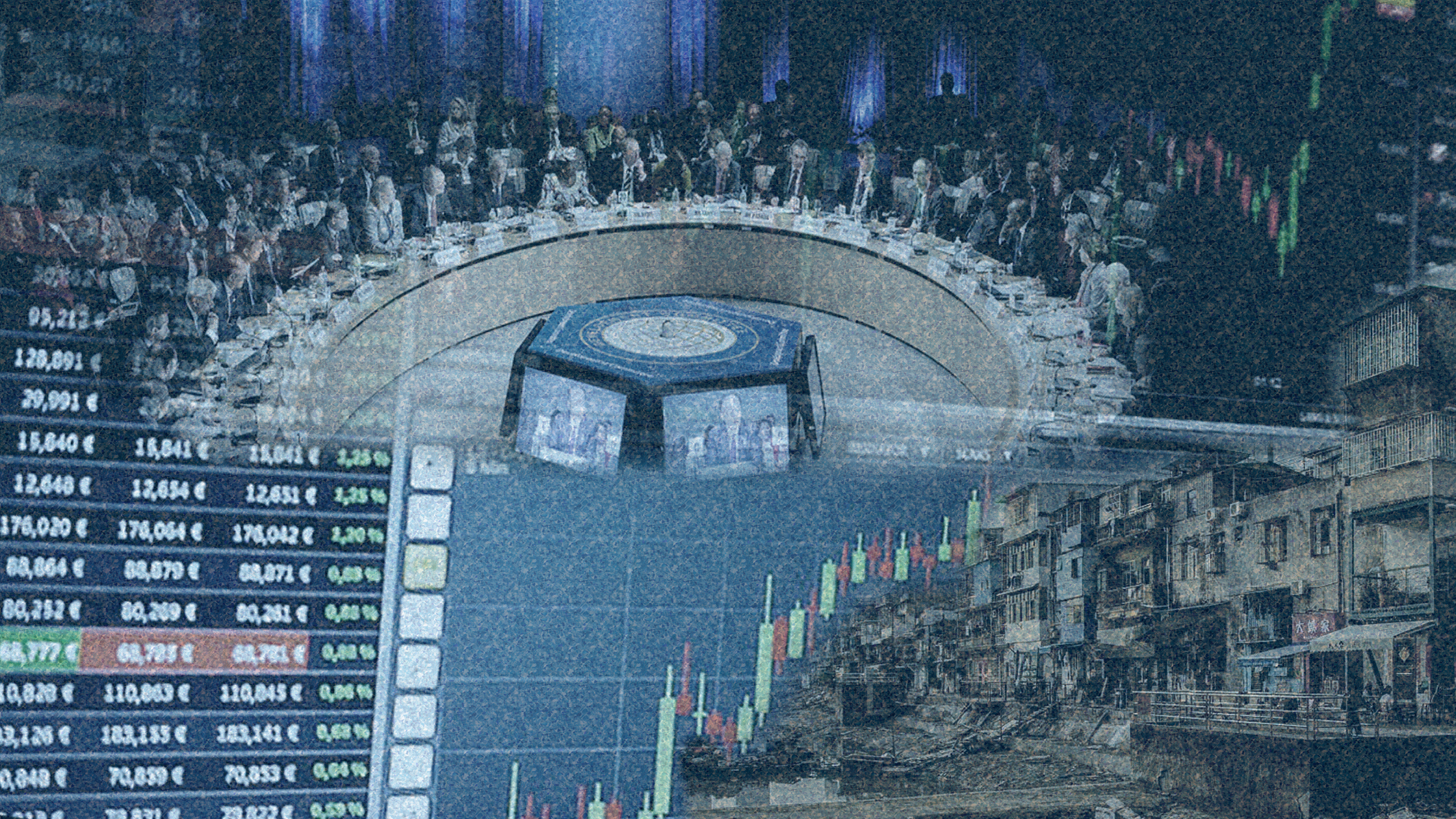[[{“type”:”media”,”view_mode”:”media_original”,”fid”:”2136″,”attributes”:{“alt”:””,”class”:”media-image”,”style”:”width: 600px; height: 269px;”,”typeof”:”foaf:Image”}}]]
Despite today’s rising concerns on the inequalities linked to the further consolidation of corporate power, the Maximising Finance for Development threatens to precisely entrench corporations’ hold – within the development agenda. The MFD is being piloted in nine countries. Five of these are from Asia (Indonesia, Vietnam, Nepal, Iraq, Jordan) and four from Africa (Kenya, Cameroon, Cote d'Ivoire, Egypt). The WB also notes the supposed success of the MFD approach in Colombia, Madagascar, Afghanistan, Turkey, the Solomon Islands and West Africa (Figure 1). The WB also sees Peru as an example for the prospects of the MFD approach. The WB has been also propping up their prior work in these countries as examples for what MFD could look like.
Indonesia: More power to the “private sector”
Over a 60-year period of “partnership” between the Indonesian government and the World Bank, the latter’s work has been focused on the economic sectors most favourable for foreign investment: mining, electricity, gas, water supply, transport, storage and communication. These sectors combined account for 36 per cent of total foreign investments in Indonesia.[i]
“Sustainable energy” is among the priorities in the 2016-2020 Country Partnership Framework between the WB and the government of Indonesia.[ii] Within the MFD approach for Indonesia, there remains a focus on the energy sector. A total of USD 650 million of public funds is reported for use in exploring geothermal power – USD 150 of which from government, USD 175 million from concessional climate finance and USD 325 million from the World Bank loan. Through the loan, the Indonesian government is to use the funds to “unlock private sector investments,” in this case expected to be worth USD 4 billion.[iii]
The more comprehensive approach to enable the private sector agenda is seen in the roles taken on by the IBRD and the IFC. The latter, the private sector arm of the WBG tasked to create markets, is also working to provide the government “critical advice” towards using the credit “to align with the needs of the private sector” (emphasis added). The premise is that they will be allowed to take over financing and therefore profiting from the supposed geothermal plants after “the high-risk exploration phase.”
Despite its shift since 2013 for “sustainable energy” within the same private sector-led model,[iv] the World Bank has continued to fund big coal-powered plants in Indonesia. This includes the USD 4 billion-worth Central Java Coal Power Plant in Batang, supported with a USD 33.9 billion guarantee from the IFC-created Indonesia Infrastructure Guarantee Fund (IIGF)[v] and set to begin operations in 2020.[vi] IIGF projects had been mandated to promote PPPs.[vii] The Batang coal project was awarded to Bhimasena Power Indonesia, made up of Indonesia’s second largest coal company and two Japanese corporations.[viii] WBG support has been criticised due to issues of corruption, lack of transparency and involvement of affected sectors, environmental risks and large-scale land-grabbing of communities’ lands despite their staunch opposition.[ix]
PPPs in Kenya under MFD
Under the recent World Bank Country Partnership Strategy 2014-2018 for Kenya, which was extended until 2020,[x] the WB cited the need to accelerate the relatively low growth rates of the Kenyan economy. It points the need for investments to supposedly “contribute to expansion of the private sector, create jobs and improve equity” such as in petroleum and natural resources.[xi]
Within the MFD, the World Bank boasts of its various roles in Kenyan infrastructure PPPs mainly through the IDA, IFC and MIGA. The WB notes that IDA loaned USD 40 million to the Kenyan government which “helped establish” a 2013 PPP law and another USD 50 million to support possible PPP projects.[xii] This is in tandem with World Bank “technical assistance” for the creation of capital markets, for long-term infrastructure investors. The IFC and MIGA are negotiating with bidders for the first highway PPP in Kenya: the USD 550 million Nairobi-Nakuru-Mau Summit Highway project. The case of the PPP law and other forms of “support” show the use of WB funding to intervene in domestic policy trajectories to further open the gates for the private sector.
In the PPP set-up for the Nairobi-Nakuru-Mau Summit Highway, the “private sector partner” designs, builds, finances, maintains and operates the road.[xiii] It will thereby receive “user fees” such as toll fees. The WB also supports this “user-payer” approach, which “can be used to service the debt raised by the private sector to undertake the project.”[xiv] This case concretises the UN Conference on Trade and Development (UNCTAD) critique of the drive for “bankable” projects, given that private and public interests are not necessarily in correspondence and given compromises in policy space. [xv] In this case, the whole infrastructure project will be surrendered to the would-be contractor, treating the social service as a commodity and not as a right.
Peru: Extracting profits
The World Bank has been active in the country during the 1990s Structural Adjustment Programs that launched deregulation and privatisation, even removing ownership restrictions on land.[xvi] Many critics have pointed out the IFC’s USD 26 million loan to Minera Yanacocha S.R.L, a corporation more than 50% owned by the US’ Newpoint Mining Corporation. These were for the Yanacocha Mine, with succeeding loans for its expansion. Within the last decade WBG presence in Peru included IFC-advised “reforms” that started in 2009, reducing workers’ benefits while facilitating greater entry of foreign investment.
The 2015 Annual Meetings marked Peru as the first Latin American venue in more than four decades. Now Peru is also said to be in the pipeline of countries for the implementation of the MFD approach. Like in other Southern economies, the WB has intervened through encouraging legal and policy “reforms” to accommodate more PPPs. There had been two PPP laws in 2015 and 2016, supported by the IBRD loan and IFC support. The WB declares that by 2018, the Peruvian framework for PPP projects “was mostly complete”[xvii] – strengthening more opportunities for big domestic and international corporations for investment. #
[i] UN Development Programme. “Overview of Social Finance in Indonesia.” http://www.id.undp.org/content/dam/indonesia/2017/doc/INS-report1%20Allied%20crowds.pdf
[ii] The World Bank. 2015. “Indonesia Country Partnership Framework for 2016-2020.” http://www.worldbank.org/en/country/indonesia/brief/indonesia-country-partnership-framework-for-2016-2020
[iii] The World Bank. 2018. “Indonesia: Tapping Geothermal for Greener Growth.” https://www.worldbank.org/en/about/partners/brief/indonesia-tapping-geothermal-for-greener-growth
[iv] The World Bank. 2013. “World Bank Group Sets Direction for Energy Sector Investments.“ http://www.worldbank.org/en/news/feature/2013/07/16/world-bank-group-direction-for-energy-sector
[v] Oil Change International. 2013. World Bank Accelerating Coal Development in Indonesia. http://priceofoil.org/content/uploads/2013/09/OCI_World_Bank_Indonesia_Coal_09_2013.pdf
[vi] Singgih, Viriya. 2018. “Adaro sets moderate coal production growth target for 2018.” The Jakarta Post. http://www.thejakartapost.com/news/2018/02/08/adaro-sets-moderate-coal-production-growth-target-for-2018.html
[vii] Oil Change International. 2013. World Bank Accelerating Coal Development in Indonesia.
[viii] Singgih, Viriya. 2018. “Adaro sets moderate coal production growth target for 2018.”
[ix] Biotani Bahari Indonesia, CAPPA Ecological Justice Foundation (Indonesia), et al. 2016. Letter to President Jim Yong Kim and Philippe Le Houerou. http://nebula.wsimg.com/b20f579b3c34370a1e1e8649454451b6?AccessKeyId=BBECBE2DB5DCCE90DECA&disposition=0&alloworigin=1
[x] The World Bank. 2017. “Performance and Learning Review of the Country Partnership Strategy for the Republic of Kenya.” http://documents.worldbank.org/curated/en/557511506708509032/pdf/Kenya-PLR-Final-June-19-2017-06222017.pdf
[xi] The World Bank. “New Country Partnership to Help Unleash Kenya’s Potential for Growth, Shared Prosperity.“ http://www.worldbank.org/en/country/kenya/publication/kenya-country-partnership-strategy-2014-2018
[xii] The World Bank. 2018. “Kenya: Enabling Private-Sector Participation in Infrastructure and Social Services.” http://www.worldbank.org/en/about/partners/brief/kenya-enabling-private-sector-participation-in-infrastructure-and-social-services
[xiii] Kenya National Highways Authority. 2016. “Nairobi-Nakuru-Mau Summit Highway: Projects Information Memorandum.” http://www.treasury.go.ke/tenders/Project%20Information%20Memorandum%20Nairobi%20Nakuru.pdf
[xiv] The World Bank. ”Kenya: Enabling Private-Sector Participation in Infrastructure and Social Services.”
[xv] UN Conference on Trade and Development. 2018. “Trade and Development Report 2018: Power, Platforms and The Free Trade Delusion.” https://unctad.org/en/pages/PublicationWebflyer.aspx?publicationid=2227
[xvi] The Oakland Institute. “Peru, the Poster Child for the World Bank in Latin America.” https://www.oaklandinstitute.org/sites/oaklandinstitute.org/files/OI_Report_Peru_World_Bank.pdf
[xvii] The World Bank. 2018. “Peru: Building Infrastructure with Local Financing.” http://www.worldbank.org/en/about/partners/brief/peru-building-infrastructure-with-local-financing

